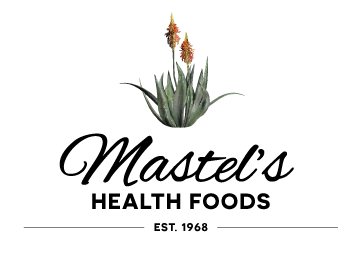No matter how careful you are in the sun, it's easy to slip up. Here’s what you can do in case you get sunburned.
First, take stock of your sunburn. Then pick the right homeopathic remedy for you.
Apis mellifica is the remedy of choice if skin is swollen and stings, but feels better when cold is applied.
Take Belladonna every two hours if your head and face are hot, red, and throbbing (and you crave lemonade).
A dose of Urtica urens is called for if symptoms include itchy, stinging pain that feels worse after sleep or when water is applied. For general relief externally, you can also dilute four drops of Urtica urens in five ounces of water and swab it on.
Prolonged exposure to sun or high temps can sometimes result in heat stroke, which is a serious matter and should be treated immediately. Here again, homeopathic Belladonna taken every 15 minutes is the remedy of choice, but seek treatment as soon as possible.
The chief agent of relief is topical aloe vera. Herbalist Rosemary Gladstar writes, “Aloe is truly a remarkable healing agent for burns,” noting, “it contains rich concentrations of anthraquinones, which promote rapid healing and tissue repair.”
According to Gladstar, the gel’s natural sunscreen also blocks up to 30 percent of UV rays. Use one of many natural products containing aloe, or keep a plant handy and split open one of its thick, oozy leaves to apply gel.
For an extra healing boost, add a few drops of lavender, chamomile, or calendula essential oil to aloe gel, and refrigerate the goop to enhance its cooling effects.
Green tea can benefit a burn internally and externally. Polyphenols and tannic acid in this powerful antioxidant soothe and heal sunburn, reducing redness and inflammation, while counteracting the effects of UV and protecting skin cells.
Make a compress by steeping green sencha tea leaves for 20 minutes. Strain and retain the liquid, then soak a clean cloth in the cooled tea and apply it to your burn. Then sip a cup for continuing benefits.
For preemptive skin protection, natural sunscreens use a natural mineral base like zinc oxide, which provides UVA protection by deflecting the sun’s rays. They may also include ingredients such as beeswax, plant butters, aloe vera, chamomile, and calendula to soothe and protect adults and children.
When you’re making your selection, look for “Broad Spectrum” and “SPF 15” or higher indicate over-the-counter sunscreens that pass the US Food and Drug Adminsitration’s standard for protecting against both ultraviolet B radiation (UVB) and ultraviolet A radiation (UVA). Both types of radiation can lead to sunburn, skin cancer, and skin aging.
There’s some evidence that taking natural extracts from the French maritime pine tree may help protect skin from sun damage and reduce the damage after its done. Oral use of a pine bark extract reduced signs of sun damage and reduced the pigmentation of age spots.
Homeopathy: An A to Z Home Handbook by Alan V. Schmukler ($17.95, Llewellyn Worldwide, 2006)
“Oral Administration of French Maritime Pine Bark Extract (Flavangenol) Improves Clinical Symptoms in Photoaged Facial Skin” by M. Furumura, et al., Clin Interv Aging, 07/12
Rosemary Gladstar’s Medicinal Herbs by Rosemary Gladstar ($14.95, Storey Publishing, 2012

